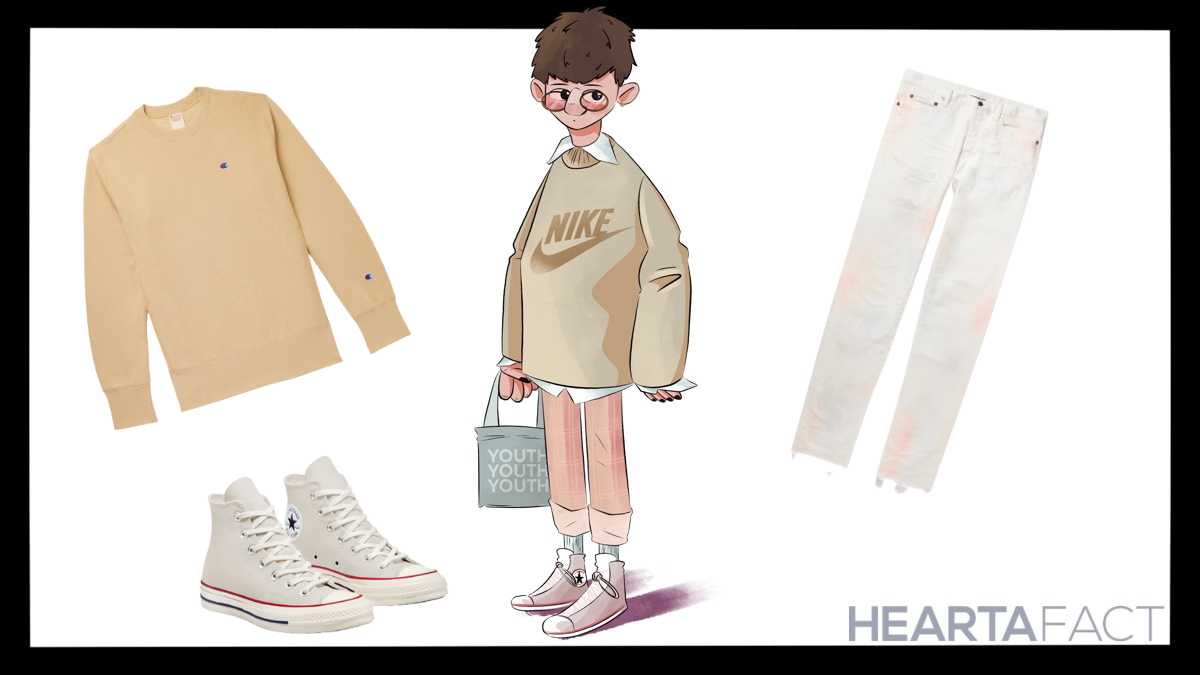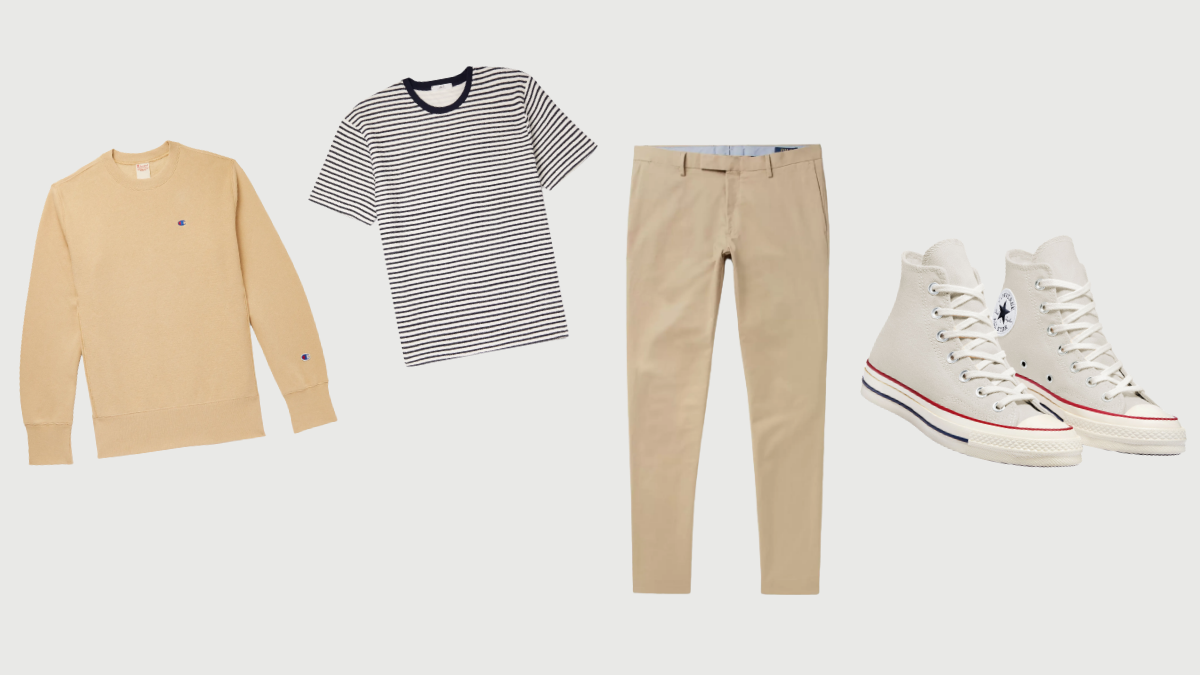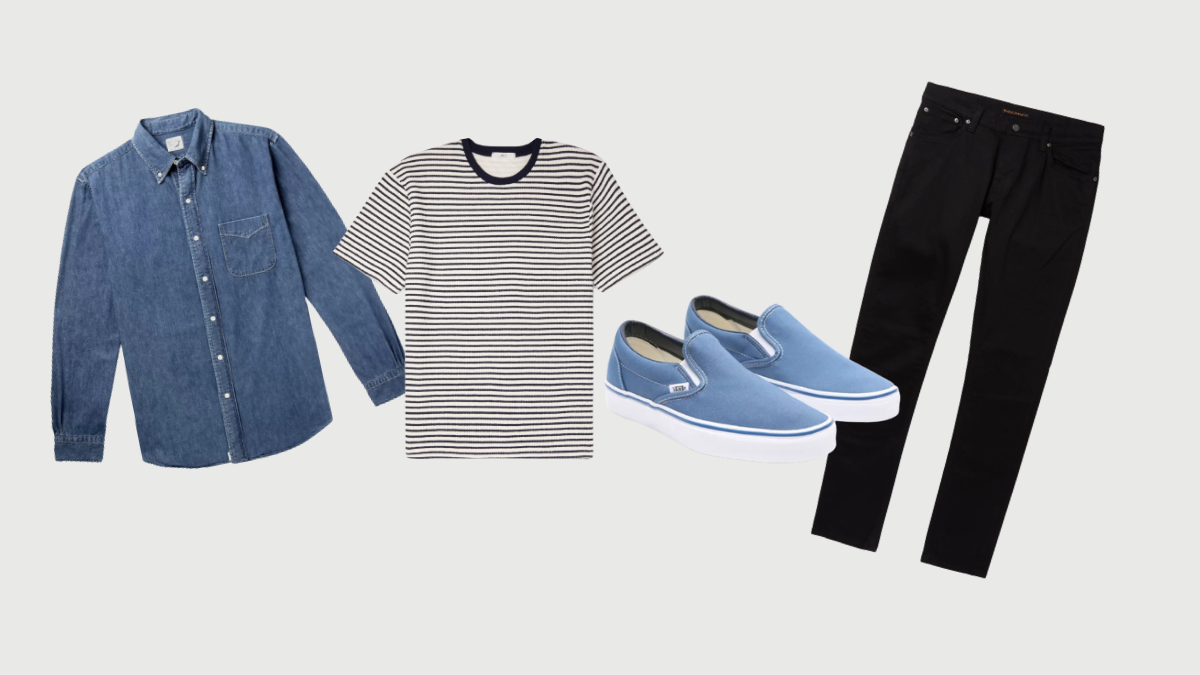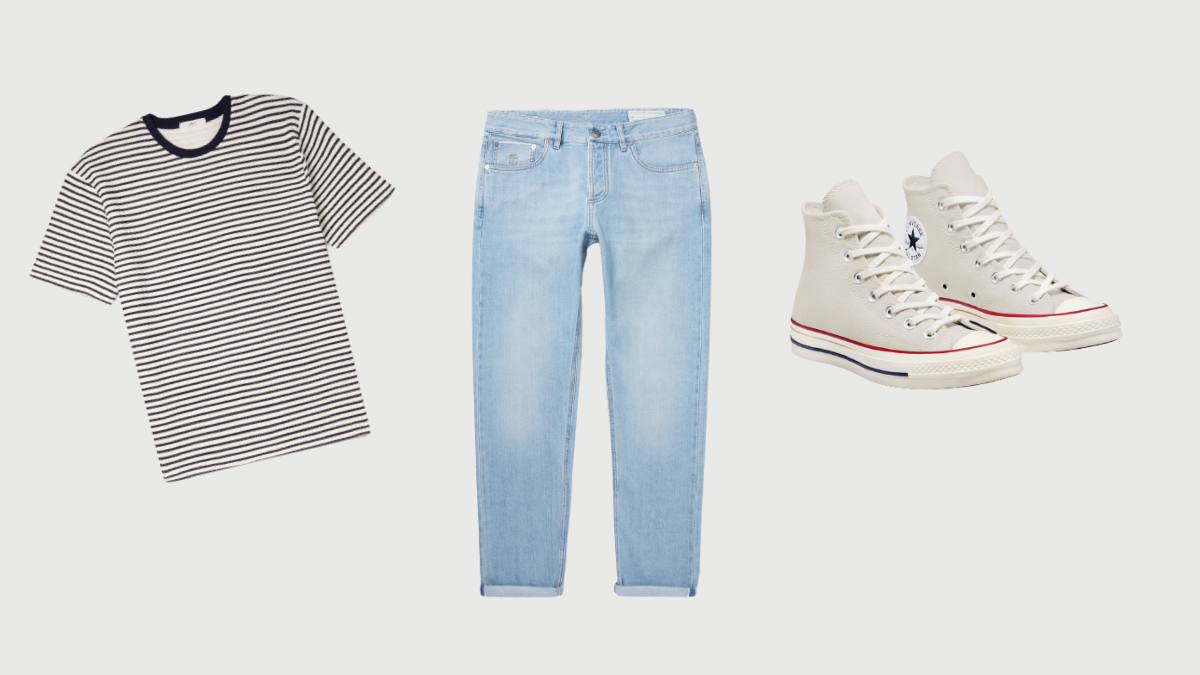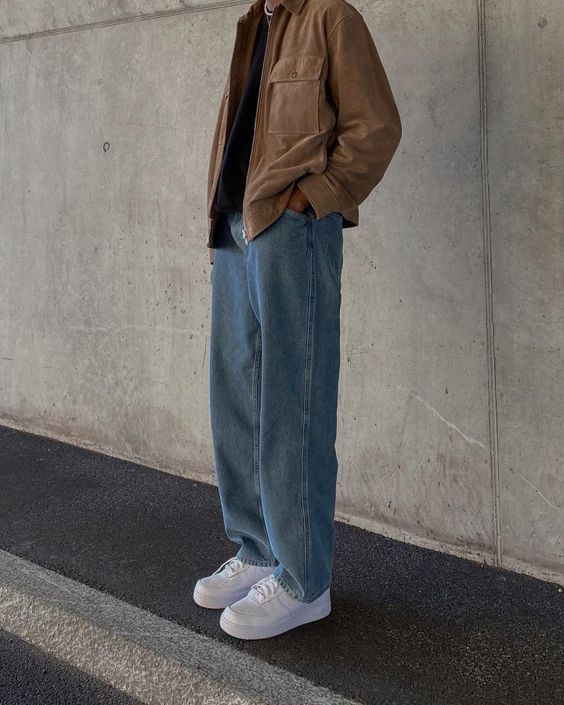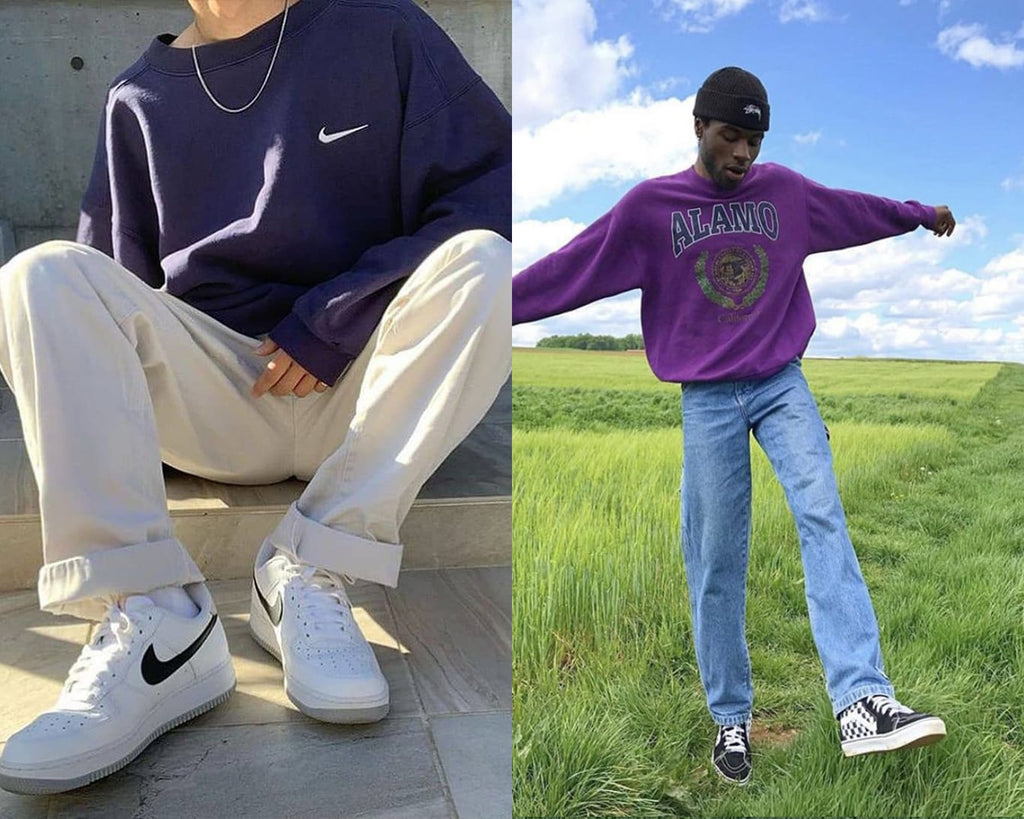The combination of a red dress and red lipstick has been a classic and timeless look for women of all ages and styles. Red is a color that exudes power, confidence, and divine femininity, making it a popular choice for both fashion and beauty. Red lipstick has a rich history dating back to ancient civilizations, while red dresses have been a statement piece in fashion for decades. So whether you’re a fan of bold and daring looks or prefer a more subtle approach, it’s undeniable that the combo of red dress red lipstick can pull them all off.
History of Red Lipstick
Red lipsticks were first made in Mesopotamia over 5,000 years ago by crushing red stones. Later, lipsticks would be made from other materials like red algae and fish scales. The first molded lipsticks resembling what we use today were invented by Abu Al-Qasim Al-Zahrawi during the Islamic Golden Age.
Red lipsticks used to be used as an indicator of social status back then. In Ancient Greece, prostitutes were forced to wear red lipstick so they wouldn’t get mistaken for women from higher classes. In the 16th century of England, this shade was usually chosen by upper-class women but then, they got banned in the 17th century as they were a symbol of Witchcraft. Until the late 18th century, women were allowed to wear them again and red lipsticks were commercially produced for the first time in 1884.

Choosing the Right Shade of Red Lipstick
Choosing the right shade of red lipstick can be a daunting task, as there are countless options available in the market. However, finding the perfect shade for your skin tone and undertones can make all the difference in achieving a flawless red lip look.
Firstly, it’s important to identify your skin undertones. Warm undertones, usually found in individuals with yellow or golden complexion, work well with warm reds that have orange or brown undertones. On the other hand, cool undertones, found in individuals with pink or blue complexion, pair well with cool reds that have blue or purple undertones.
When choosing red lipsticks, it’s also important to consider your skin tone. Fair skin tones pair well with lighter red shades, while deeper shades work well with medium to darker skin tones. But this doesn’t mean fair skin tones can’t rock a deep red or darker skin tones can’t pull off a bright red. It’s all about finding the right shade that complements your individual features.
Lastly, the finish of the lipstick can also affect the overall look. Matte finishes offer a bold and long-lasting look, while glossy finishes offer a more subtle and moisturizing look.

Photo from ELLE
How to Look Stunning in Red Dress and Red Lipstick
We all see red as a bold, passionate, sexy shade that can make everyone keep their eyes on you on a date night. If you want to pull off this hot, intense color but you’re struggling, we are here to provide you with our best tips.
Keep it simple: When wearing a red dress and red lipstick, keep the rest of your makeup and accessories simple to avoid overpowering the look. Minimal jewelry and a natural-looking makeup look can go well with this hot, powerful shade as they give you a very subtle hint of glamor without making you stand out too much.
Complement with neutral colors: As red is a very intense shade, you should choose to pair them with neutral-color, simple heels or accessories like a pair of black high heels or white, sparkling earrings.
Coordinate shades: If you’re wearing a bright red dress, consider pairing it with a brighter shade of red lipstick. Similarly, if you’re wearing a deeper shade of red dress, complete your look with a darker shade of red lipstick. You can also paint your nails in a similar color like choosing cherry red nail polish for a night out with the girls.
Consider the occasion: A red lip with red dress can be a little bit too much for casual, non-formal events, so consider the occasion when styling the look. An intense shade of red lipstick and body dress may be more suitable for a formal event, while a subtle red lip and dress may be more suitable for a daily outing.

Photo from Harper’s Bazaar
Tips for a Perfect Red Dress and Lipstick Outfit
Wearing red is probably a big challenge to many women as they’re afraid red might be too fierce for them so they usually hesitate when it comes to wearing red items. Red has been the girls’ best friend for decades, existing in every woman’s bags and closets for a quite long time in history. So why don’t you give Red a chance?
Prep your skin: Red lipstick can draw attention to imperfections, so make sure your skin is well-prepped before applying the lipstick. Exfoliate your lips and moisturize them before applying lipstick. Also, make sure your skin is well-hydrated and your foundation is blended well.
Use a lip liner: To prevent your red lipstick from smudging or bleeding, use a lip liner to outline your lips before applying lipstick. This will help define the shape of your lips and keep the lipstick in place as well as give your lips a thicker, plumper look.
Apply lipstick correctly: Apply the lipstick with a brush to get a more precise application. Start from the center of your lips and work your way outwards, making sure to fill in all the gaps. Remember to do it slowly since this step is very important. If you mess up, the smudge might get over other layers of makeup and even ruin your whole makeup process.
Choose the right lipstick: Depending on your preference, you can rock with all shades and brands of red lipstick. For a classic look, mac russian red or ruby woo can do their job really well. You can also wear red lipstick with glitter for a more shimmering, glittering look.
Dress appropriately: Red is a pretty risky color as they don’t go well with every occasion like black or white but it can be adjusted based on the shade and the design of the dress. If you’re going to a formal meeting, go for a dress that looks conventional and is available in a darker shade of red. For more partying, casual events, you can wear anything you want, from loose-fitting, comfortable to flattering, body red dress. As proms are coming, and many young girls want to rock in red, you should check out Blair Waldorf red dress for more inspiration because this outfit of hers is probably one of the most iconic looks ever.

Photo from Only Natural Diamond
For the girls who love to look feminine while being all fierce, powerful and passionate, red is your color. The key to pulling off this special color is knowing your undertone as well as your interests so you can choose the shade that can complement your skin and the style of the dress. Don’t hesitate to try a new color, be wild, be fierce, be passionate like the color red.


